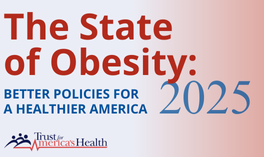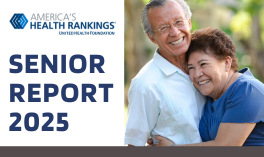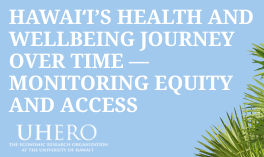The Hawai‘i Department of Human Services (DHS) has launched a new interactive databook to provide statewide data on the conditions and needs of communities to assist the public, service providers, and policymakers in making data-guided decisions.
This databook is in partnership with the Hawai‘i Data Collaborative (HDC) and contains visualizations that are accessible and digestible with data from 2002 to 2022. This initiative exemplifies the state government’s commitment to providing accessible data and better serving communities in need. Going forward, additional data will be updated annually.
Data is available under the following categories:
- Self-Sufficiency
- Protection
- Health
- Attached Agencies
- Language
Here are some 2022 highlights from the databook:
- The percent of total recipients of the Supplemental Nutrition Assistance Program (SNAP) was highest among Native Hawaiians (30%), Caucasians (29%), and Filipinos (15%)
- The age distribution of recipients of the Aid to Aged, Blind and Disabled (AABD) program was 73% for ages 65-79, 19% for ages 80+, and 8% for ages 0-64
- The number of children entering and exiting foster care was almost equal (991 vs. 1,093)
- The statewide annual enrollment in Med-Quest (the state Medicaid program) almost doubled from 272K people in 2011 to 461K people in 2022




